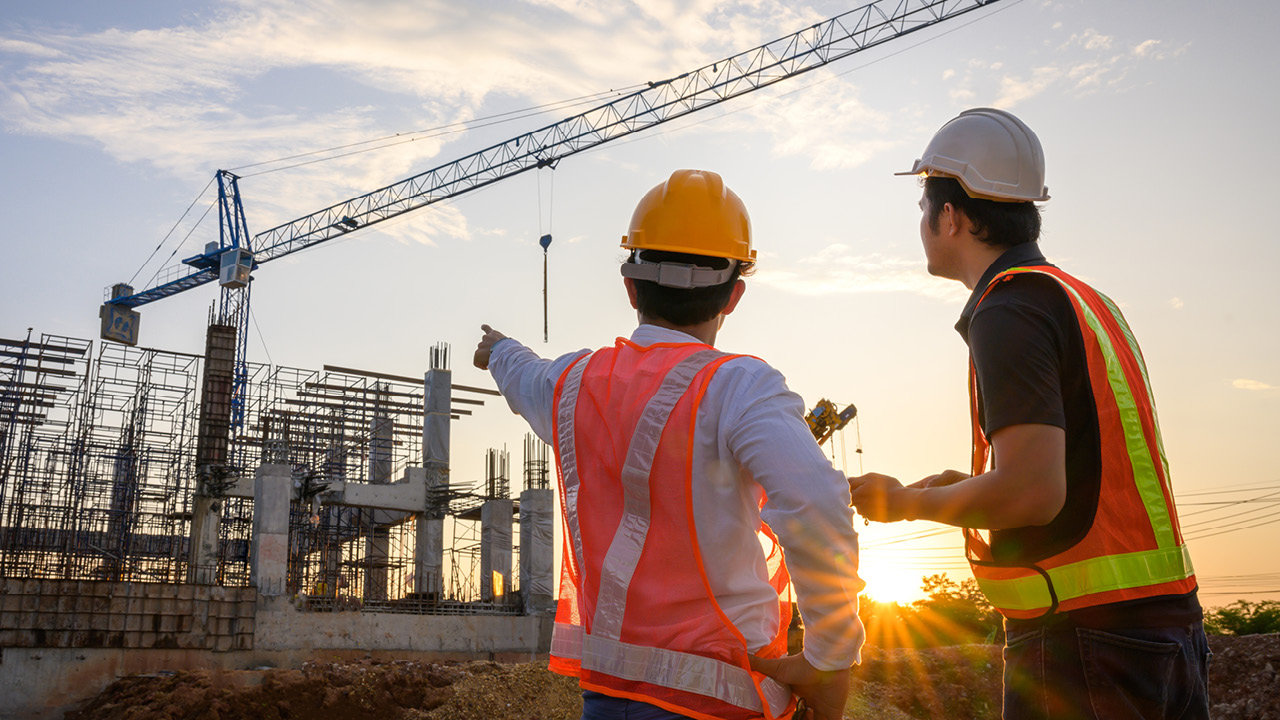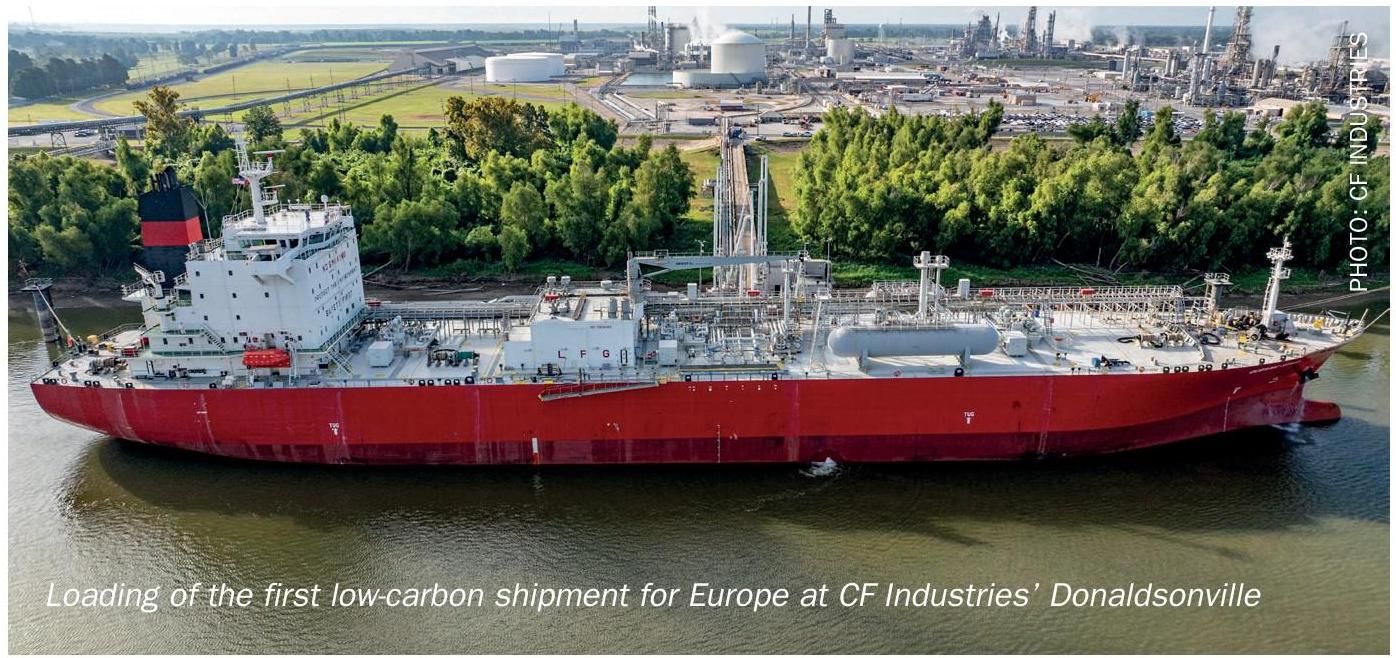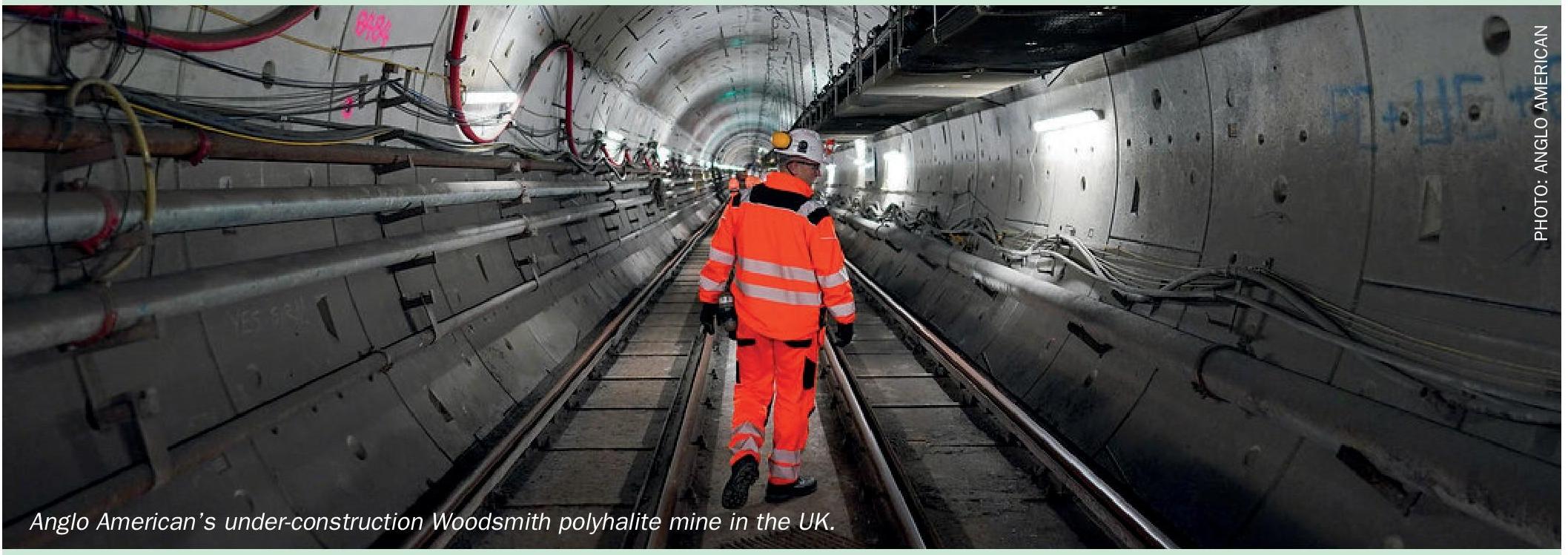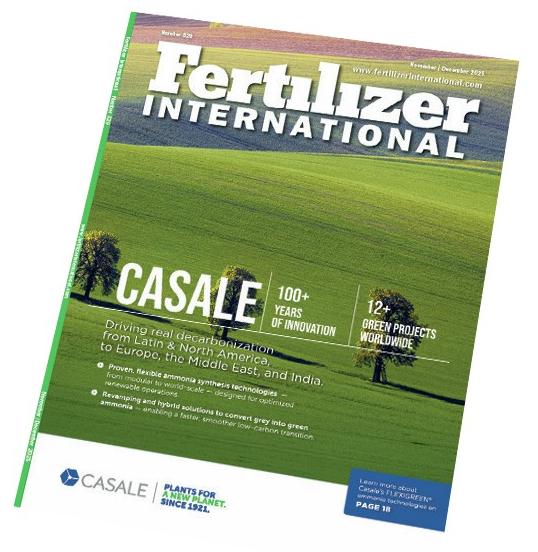Nitrogen+Syngas 397 Sep-Oct 2025

16 September 2025
Is the world ready for CBAM?
“Major producers… are in the process of setting up low-carbon ammonia production outside Europe…”
At the end of this year, the European Union’s Carbon Border Adjustment Mechanism (CBAM) will move from its transitional phase into its ‘definitive’ phase, whereby the carbon costs of goods entering the EU will need to be priced in. CBAM requires suppliers to calculate the carbon emissions of their fertilizer (and other, e.g. steel) products, including indirect emissions, for example from electricity consumed in the process, and emissions of precursor or raw materials. They will then need to purchase CBAM certificates to cover embedded emissions above the established free allowance benchmark rates determined by the European Commission: 1.57 tonnes CO2e/tonne ammonia and 0.23 tCO2e/t nitric acid.
As CBAM is phased in, importers will be progressively required to cover the cost of a growing share of embedded emissions. In 2026, they will be responsible for any emissions above 97.5% of the free allowance rates, before the carbon price charge scales up to its full value under the EU Emissions Trading Scheme out to 2034, by which time it could be adding $140/t to ‘grey’ ammonia import prices. Major impacts will be felt in 2028-29, when the ‘free allowance’ will be cut by 10% and 22% respectively.
CBAM will have ripples far beyond the EU’s borders, and reactions worldwide have been mixed. Some countries are trying to introduce their own similar schemes. The UK, for example, has agreed to continue with its own Emissions Trading Scheme (UK ETS), and is expected to continue to adopt a similarly priced carbon levy from 2027 to conform with EU regulations. India and China have indicated that they will be advancing their own emissions trading systems, although they have both criticised the CBAM itself, and Brazil, Japan and Turkey are also moving to an ETS-type system. In the United States there is a proposed “Foreign Pollution Fee” that would impose tariffs based on the carbon intensity of imported goods. Taiwan, Canada and Australia are in the early stages of their own CBAM development. Other countries such as Ukraine and South Korea are instead trying to negotiate deals or opt-outs.
However, some nations have mounted legal challenges. The first came from Russia in May 2025, which claims that CBAM is not compliant with WTO rules, specifically the most-favoured-nation (MFN) and national treatment principles of the General Agreement on Tariffs and Trade (GATT). Russia claims CBAM discriminates by imposing different rules on imported goods based on the origin and carbon content, and by using non-compliant calculation methods. India and South Africa have also said they are considering a challenge under WTO rules – something that could take several years to resolve.
There are also still complications to be ironed out. The classification of ‘blue’ ammonia remains ambiguous, as no globally standardised threshold currently exists, although arguable from an economic point of view colour-based labels primarily serve to indicate production pathways rather than emissions performance, and the price of low-emissions ammonia will vary according to the level of carbon tax avoided. At the moment CRU is not forecasting any significant development of a separate market for low carbon ammonia until around 2030, unless there is a stronger pull from end use markets such as maritime fuels. However, it is coming and will need to be taken into account as a factor in the current generation of new plants being built.
In the meantime, major global producers such as Yara, OCI and CF Industries are in the process of setting up low-carbon ammonia production outside Europe, producing cheaper low carbon ammonia outside Europe and importing it at preferential cost to imported grey ammonia, or grey ammonia produced domestically in Europe. While some low carbon ammonia production will no doubt occur in Europe, many plants are now at risk of closure, and some downstream AN and particularly urea capacity may also not survive the coming transition.






